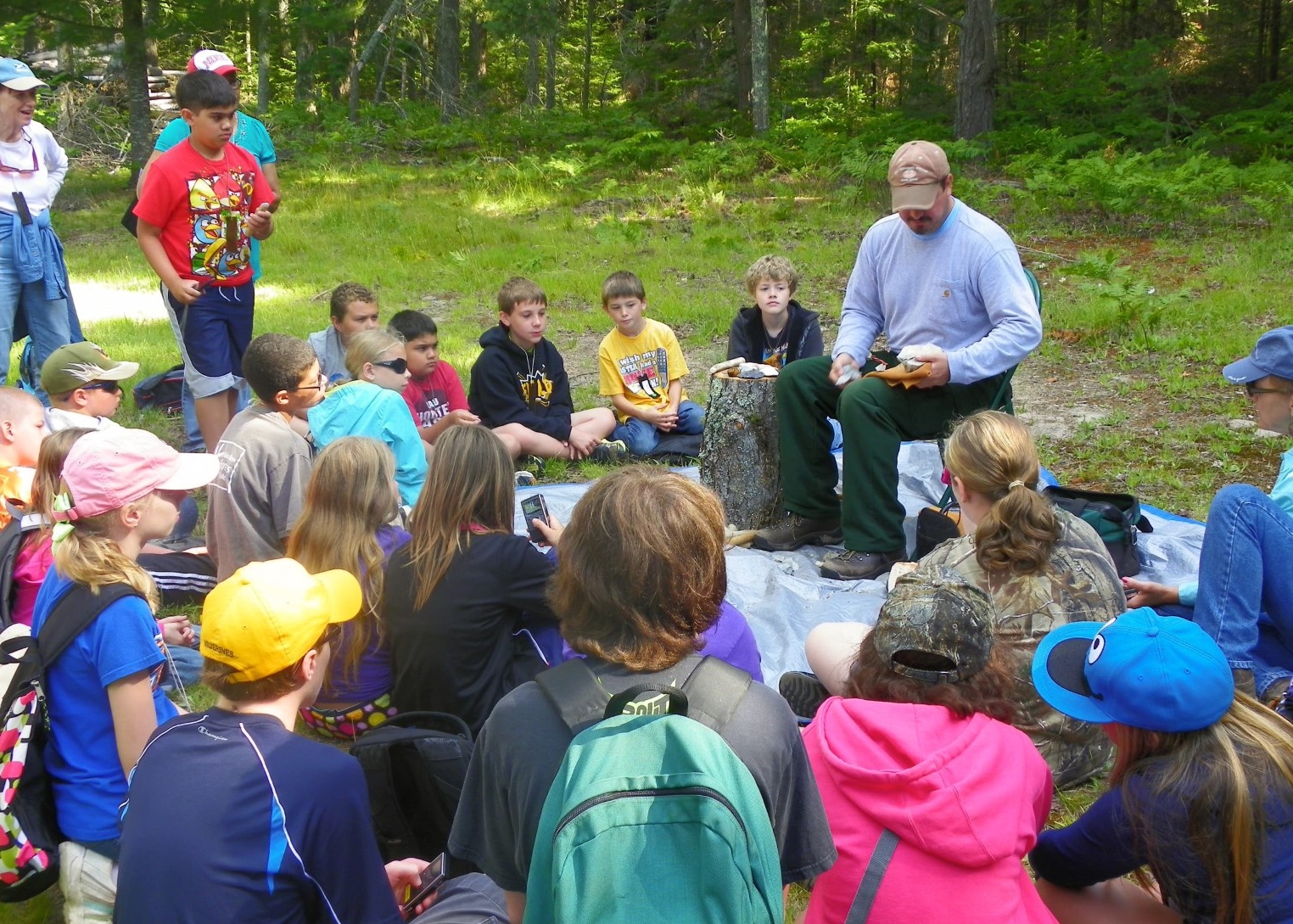My peer-reviewed article Use-Alteration Analysis of Fire-Cracked Rocks was just published in American Antiquity. This paper is part of my doctoral research and was awarded first place at the Midwest Archaeological Conference Student Paper Competition Award in 2016. Supplementary materials can be downloaded here.
Because use-alteration analyses of fire-cracked rocks (FCR) are so scarce, I describe a range of attributes with the goal of helping researchers identify use alterations (e.g., sooting, reddening, various fracturing patterns) on lithic artifacts from sites worldwide and evaluate their potential function in various cultural practices. These attributes are also outlined in order to create a standardized terminology for describing FCR use-alteration patterns. This use-alteration analysis can be applied in archaeological contexts worldwide where similar materials are recovered.
I also discuss my analysis of FCR from three Late Archaic sites (Duck Lake, 913, and 914) on Grand Island in Michigan’s Upper Peninsula, followed by an interpretation of their cooking contexts, as a case study. The results indicate great intersite variability among FCR characteristics, cooking methods, and cooking facilities (earth oven, stone boiling, and rock griddle).



